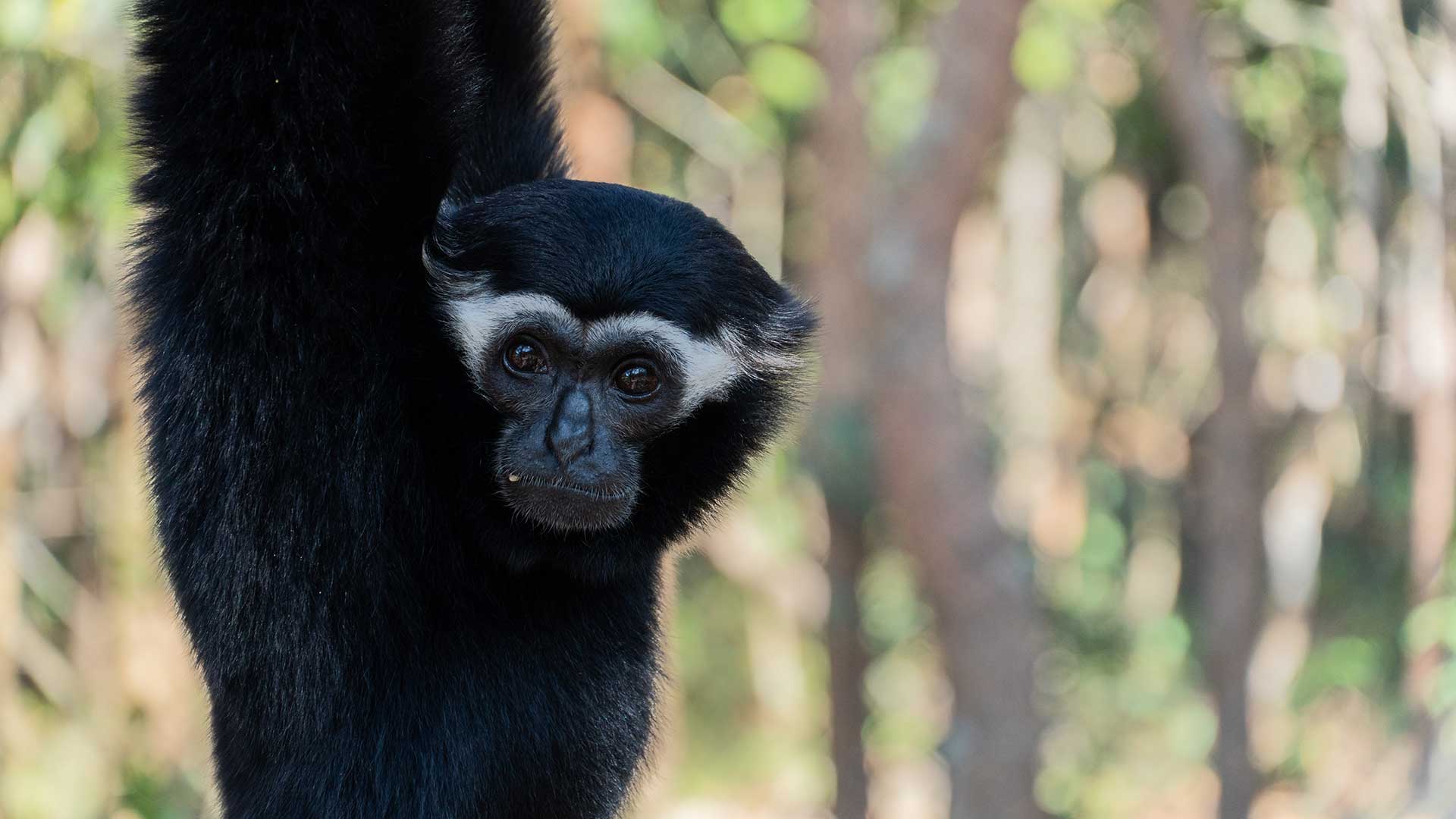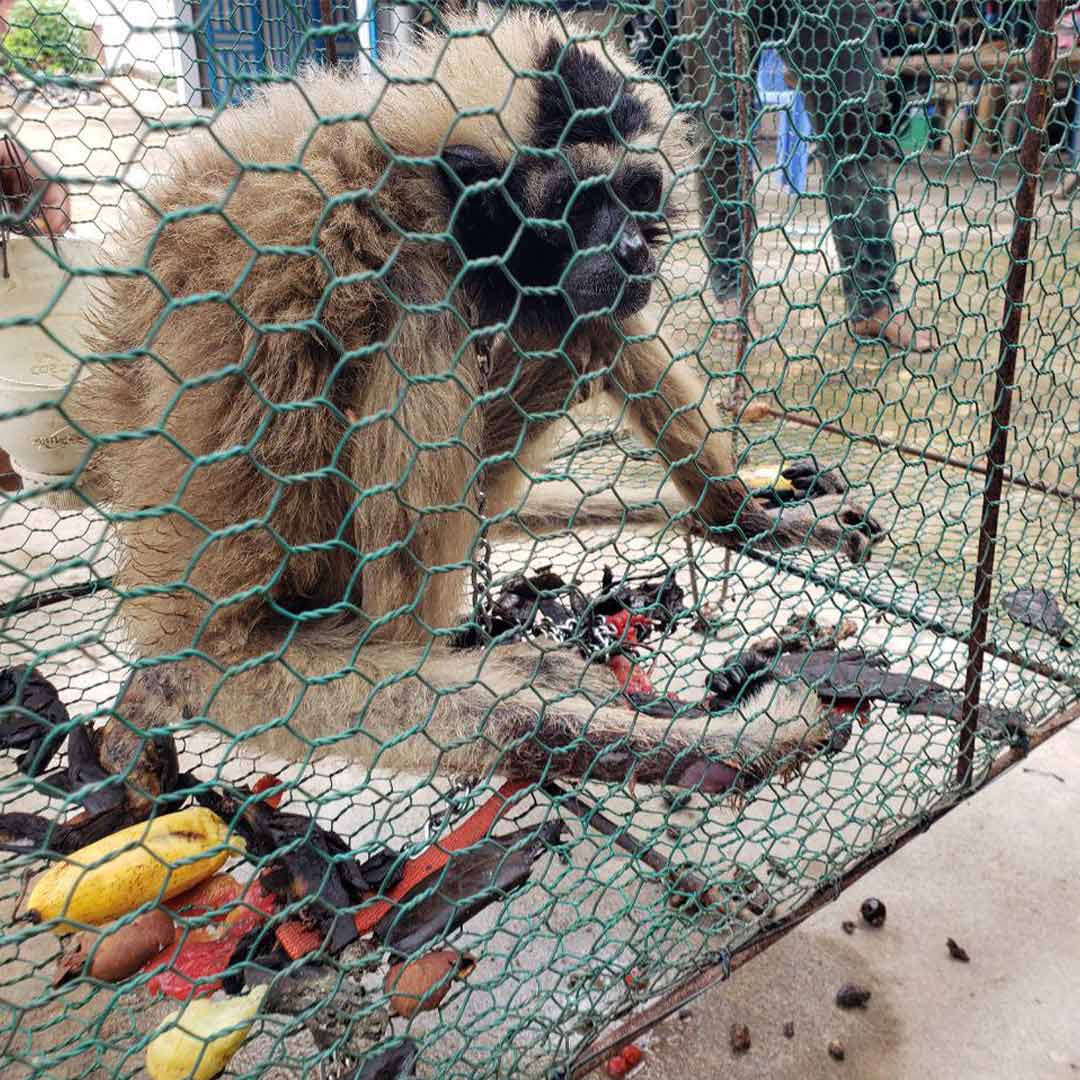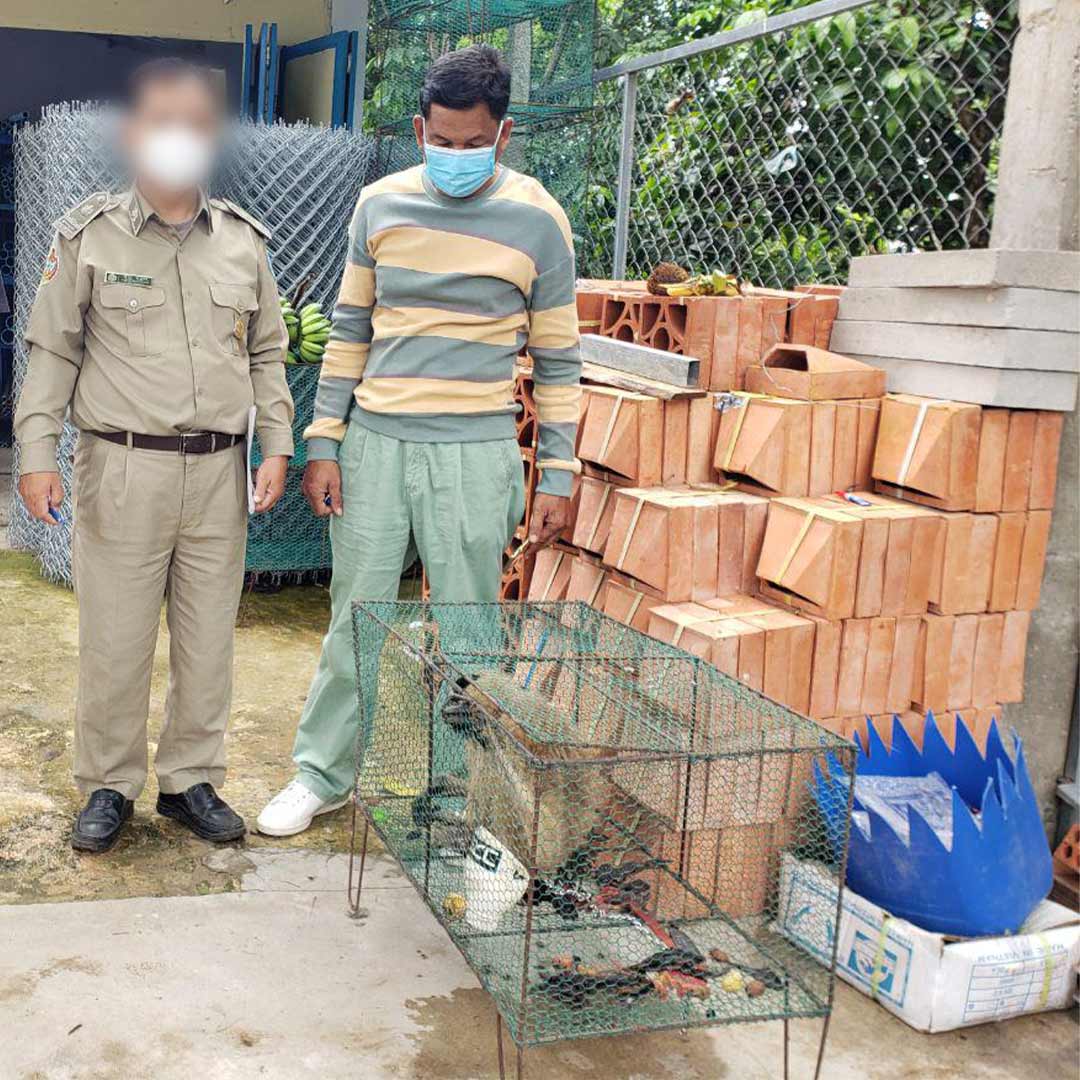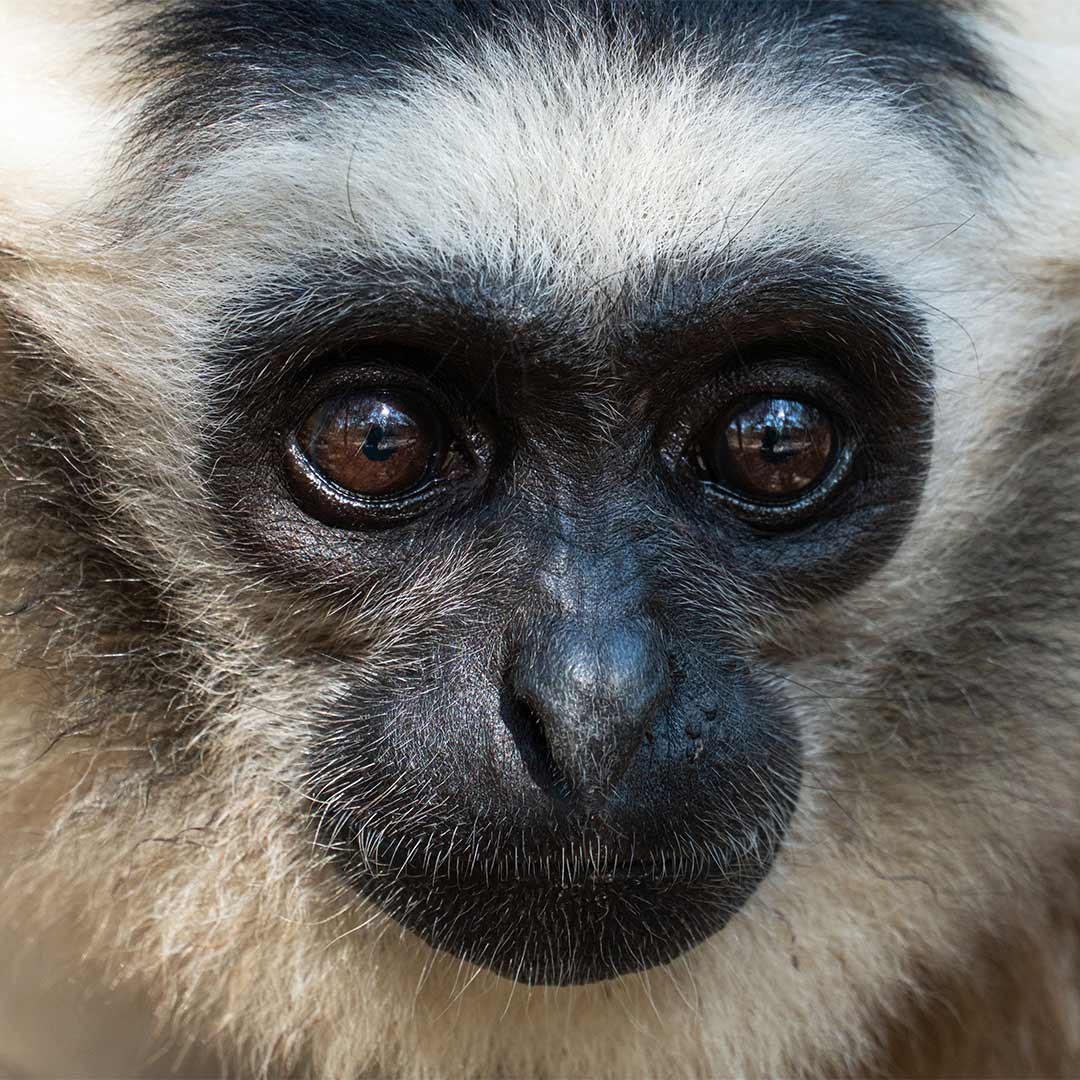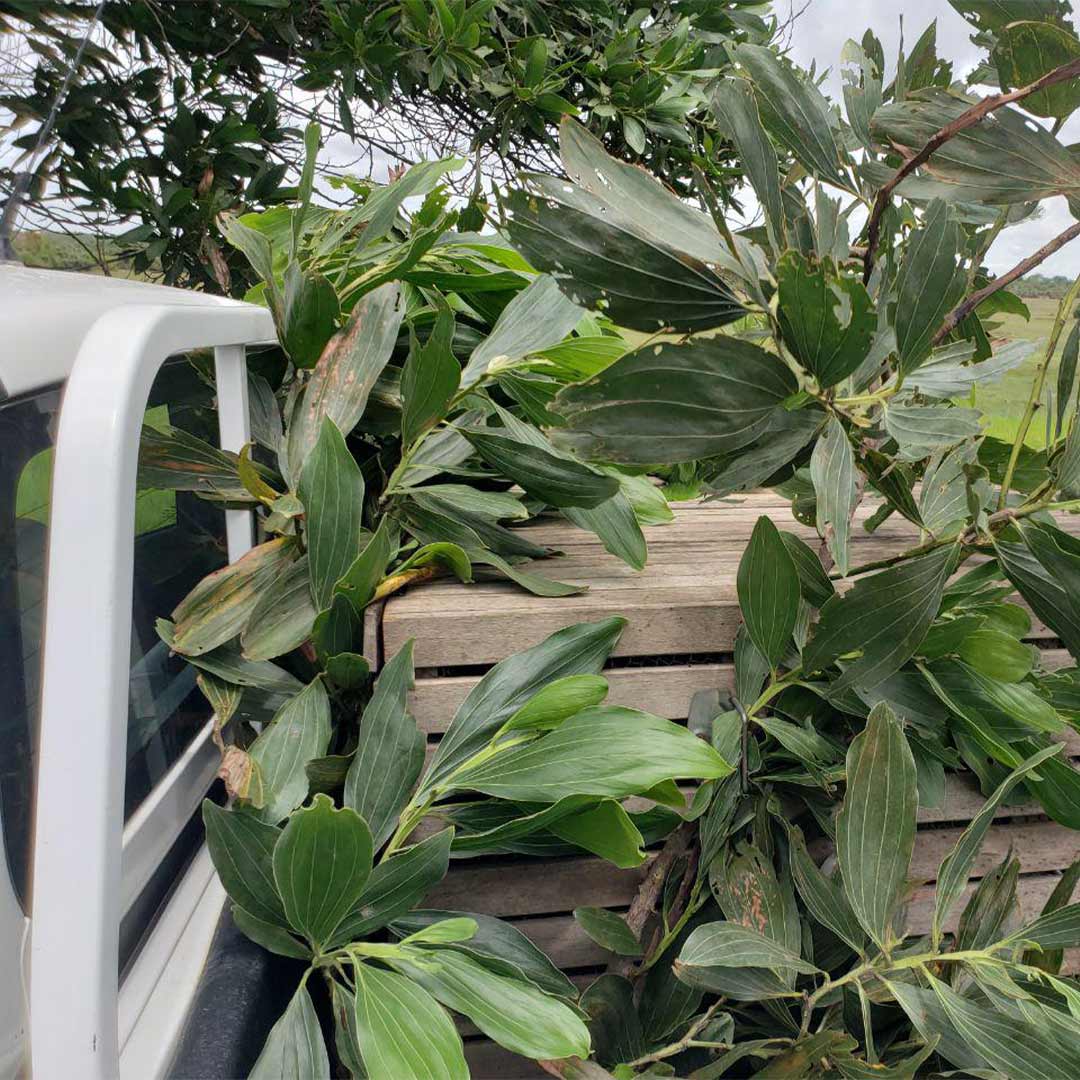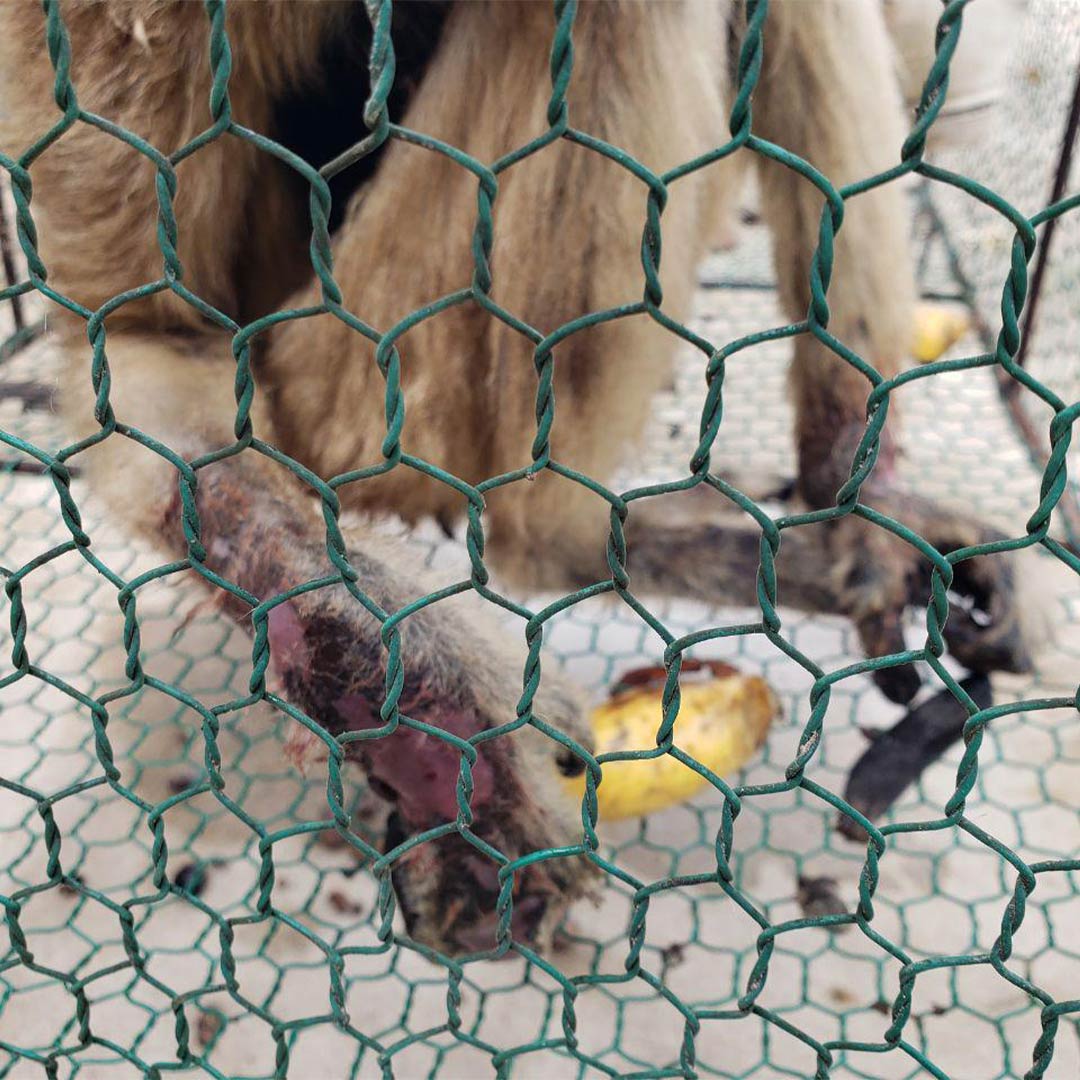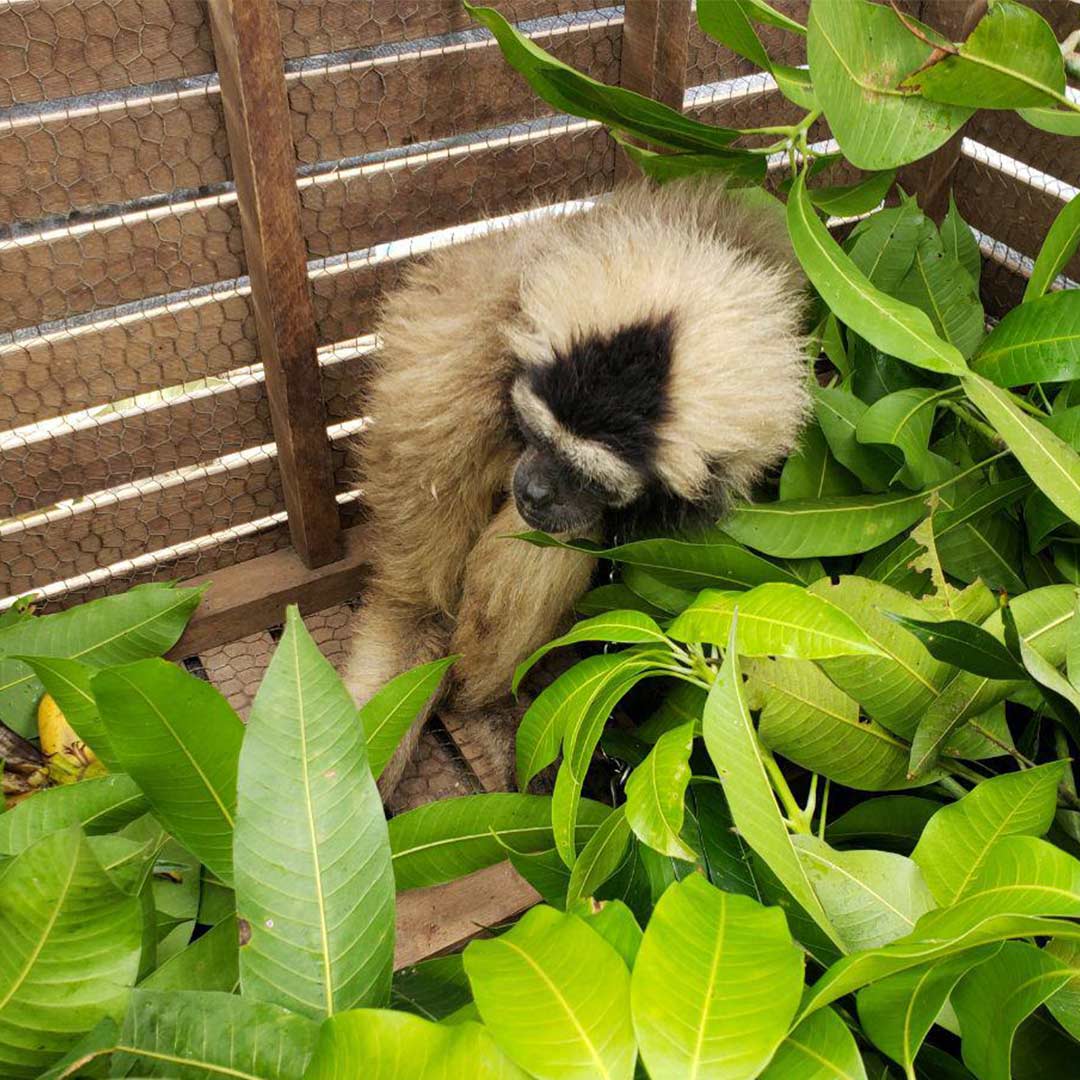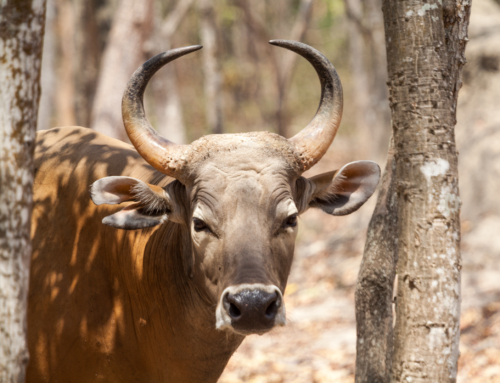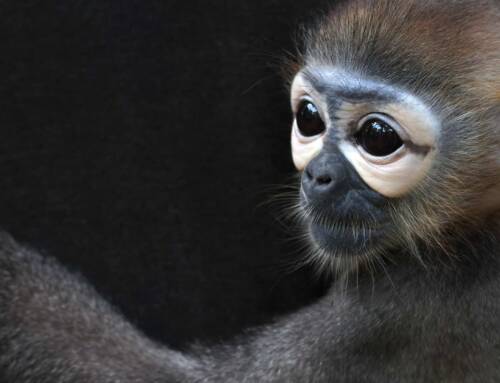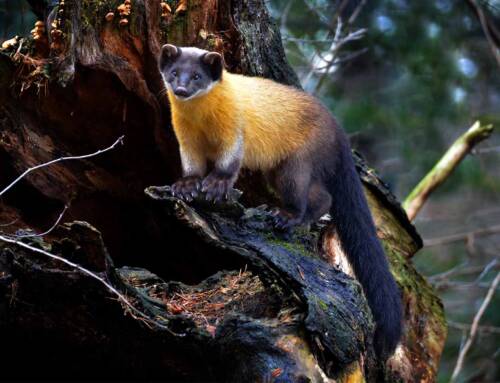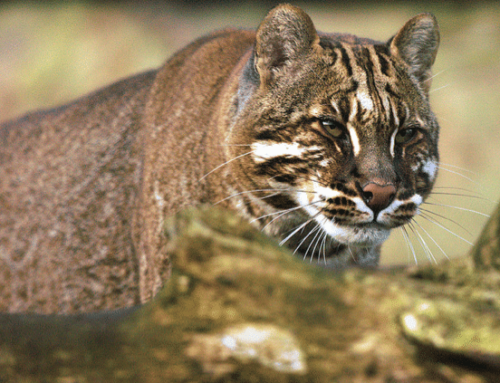There are 20 described species of gibbon in the hylobatidae family found in South East Asia. All 20 have several shared characteristics.
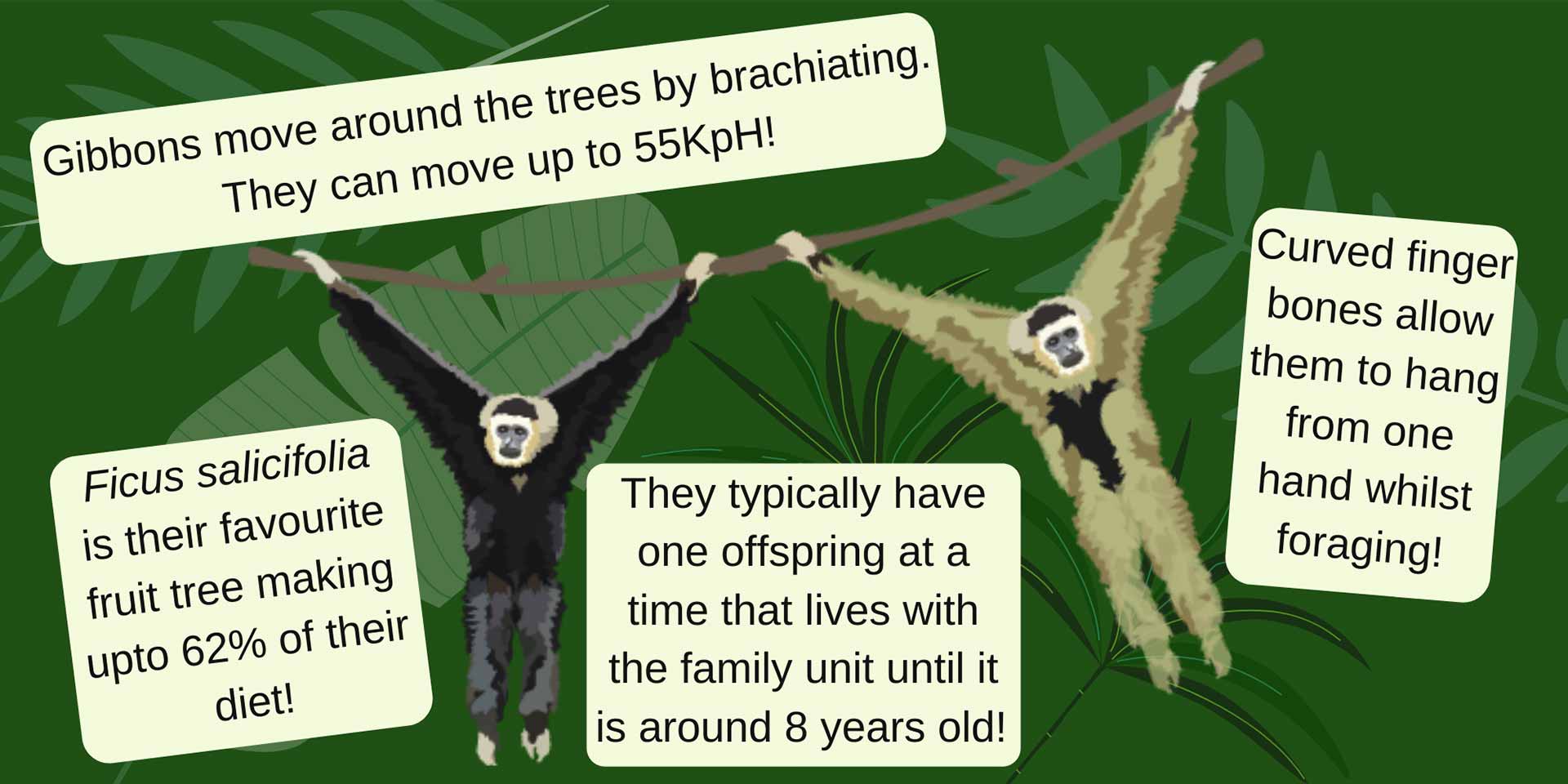
International gibbon day was started by the IUCN Section on Small Apes as a day to celebrate these incredible species and highlight the threats that they are under in the wild. It also hopes to encourage more species advocates known as gibbonologists!
Gibbons in Cambodia
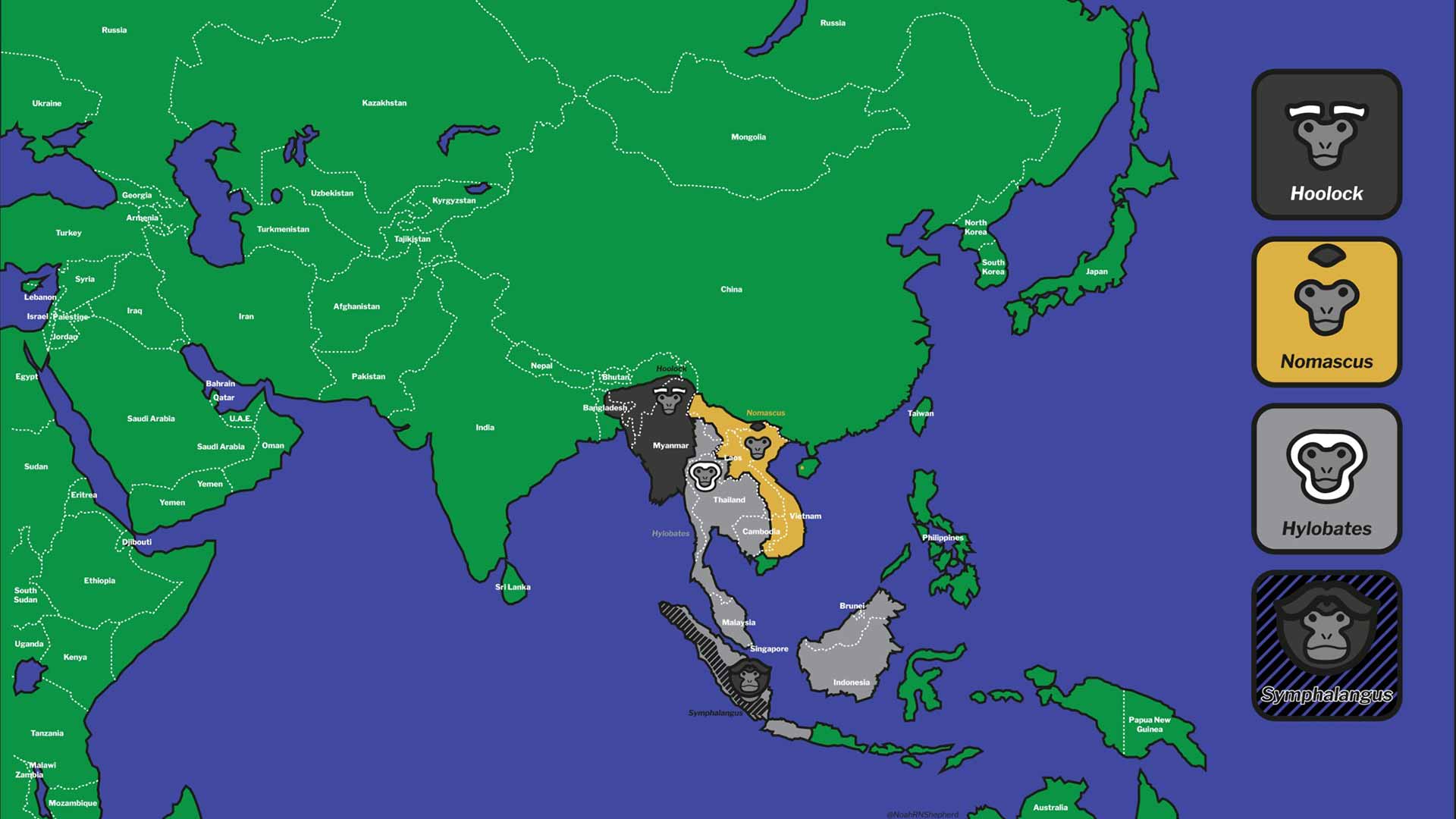
There are 3 native gibbon species in Cambodia;
- Pileated gibbon (Hylobates pileatus)
- Buff-cheeked gibbon (Nomascus gabriellae)
- Northern-buff cheeked gibbon (Nomascus annamensis)
All three of these species are listed as Endangered on the IUCN red list of threatened species. Making every individual important to the future of the species.
Phnom Tamao Wildlife Rescue Centre (PTWRC) is a permanent home to over 80 rescued pileated (Hylobates pileatus) and buff-cheeked (Nomascus gabriellae) gibbons. Many of them are orphans of the illegal wildlife trade, and raised by humans as a pet. Gibbons easily pick up unnatural behaviours from their adopted human parents that would be disadvantageous in the wild and therefore hinder any chance of future release. At PTWRC we provide expert lifetime care for the gibbons that cannot be released, in large enclosures in the forest. In the past 2 months there have been 2 gibbons with interesting stories brought in by our Wildlife Rapid Rescue Team.
Gibbons at the Phnom Tamao Wildlife Rescue Centre
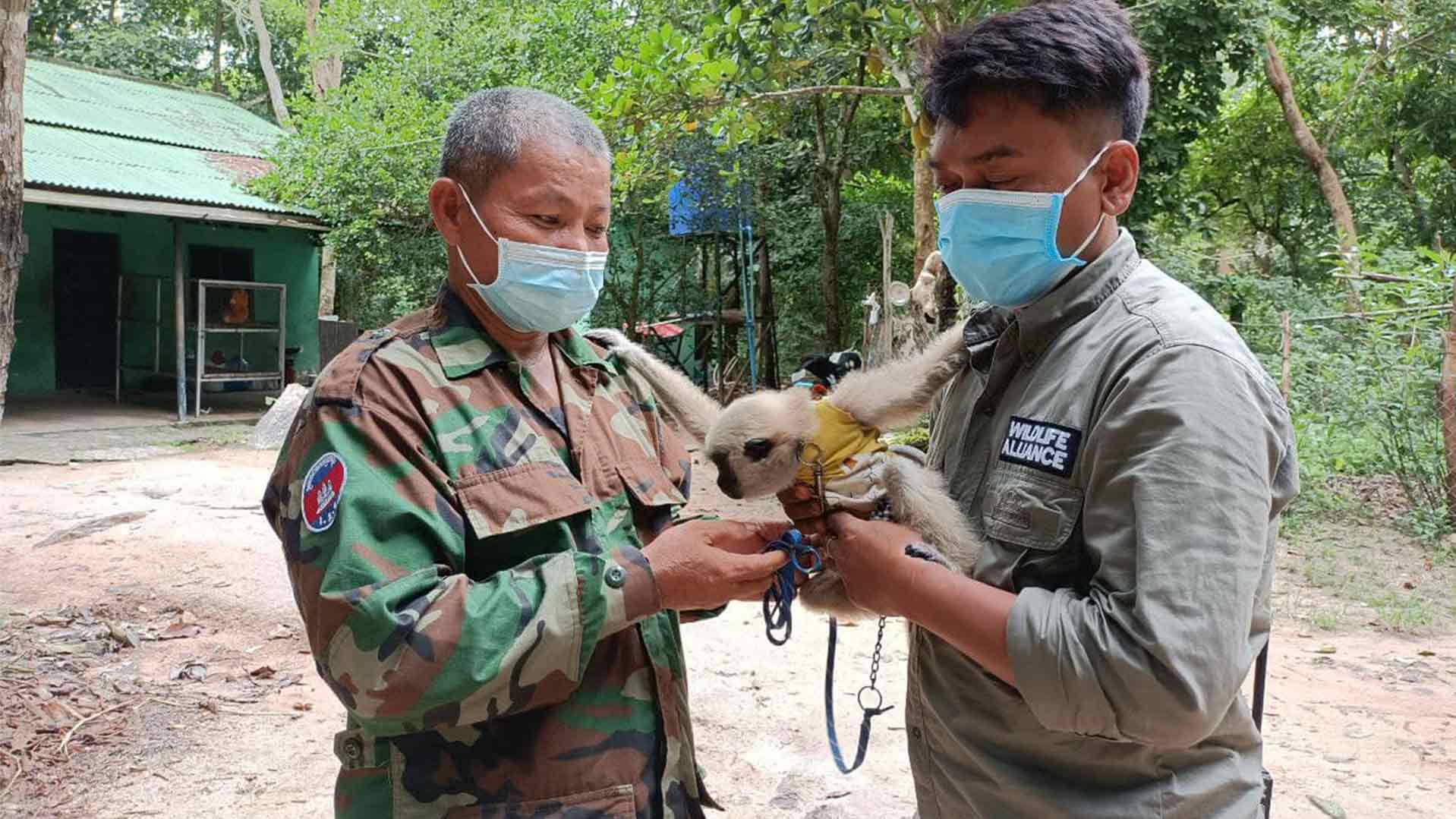
The Wildlife Rapid Rescue Team brought this baby gibbon to be raised at Phnom Tamao Wildlife Rescue Center after it was being kept as a pet in a house in Phnom Penh. Someone’s house is not a suitable environment to keep any primate species! At Phnom Tamao Wildlife Rescue Center it will be given the best chance to display normal behaviors, a suitable diet, plenty of space to move around and conspecifics to interact with.
Burnt by electric shock
This adult female gibbon was found with serious wounds resulting from an electric shock from power lines. The vets at Phnom Tamao Wildlife Rescue Center tried to save her life by amputating her right arm and leg, however, she could not recover from the injuries and stress from the incident. Incidents like this are not so common in Cambodia, but more common in more developed countries like Malaysia and Thailand. When human development encroaches on the forests, primates are displaced from their homes pushing them into towns and cities in the search of new places to live. This makes them increasingly vulnerable to injuries such as electric shock, dog attacks, and being hit by cars.
Phnom Tamao Rescue Centre behind the scenes tours
Our behind-the-scenes tours at Phnom Tamao Rescue Centre are the main fundraiser for the costs to care for the gibbons and over 1,200 other animals rescued from the Illegal Wildlife Trade. The tours include everything from pick up in Phnom Penh, expert tour guides, unforgettable activities, AC van and food and drinks! If you live in Cambodia, a tour is a fantastic day trip from Phnom Penh! If you are thinking of visiting Cambodia on your travels, make sure it’s on your itinerary, you won’t regret it!
Sponsor Pileated Gibbon, Preah!
Preah is one of our oldest residents at the Phnom Tamao Wildlife Rescue Centre. She has lived at Phnom Tamao since before Wildlife Alliance started to provide support in 2001. Her name means god or king in the Khmer language, perhaps this put her in good stead for longevity!
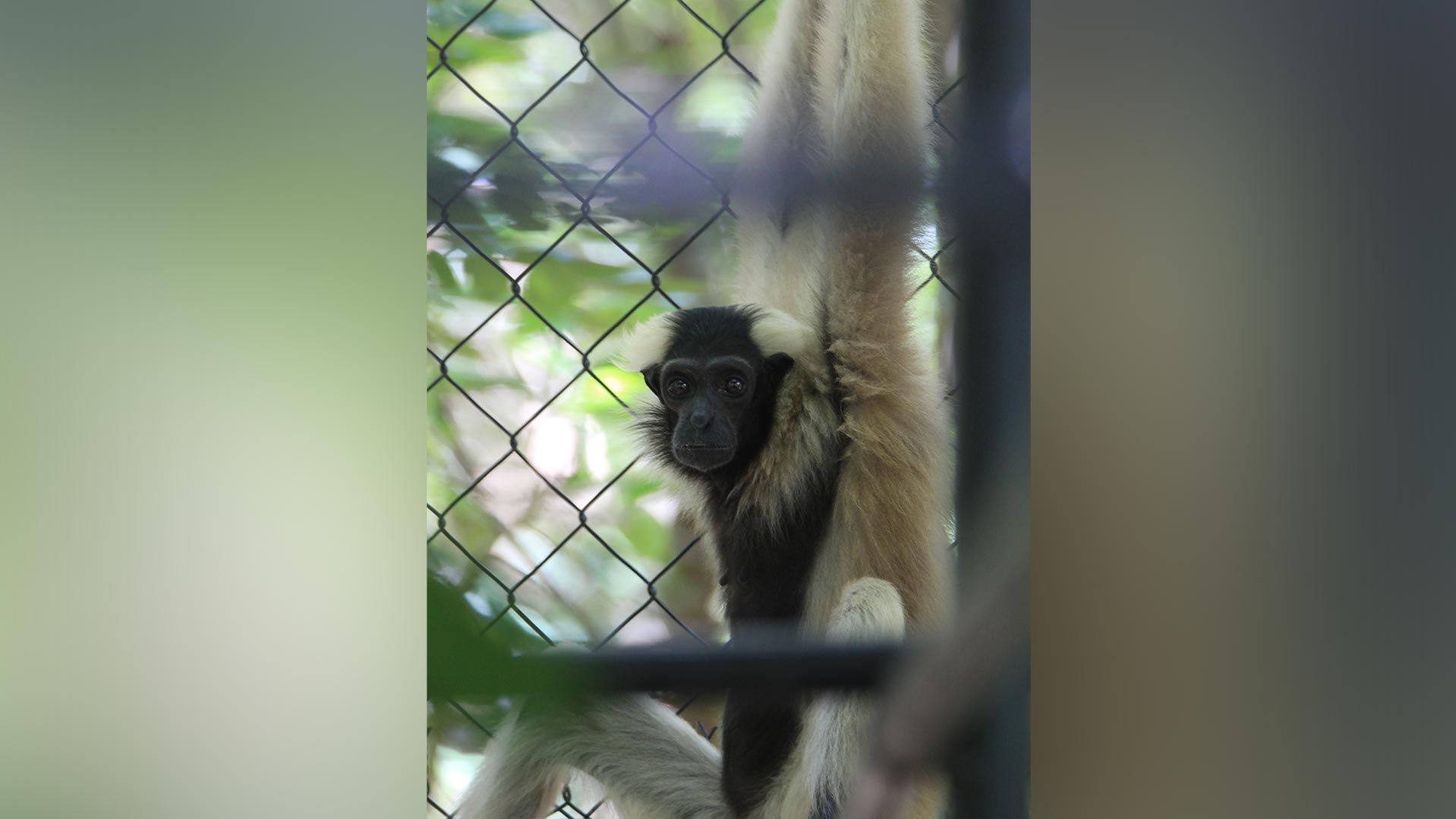
She has always had missing hair around her neck and one leg, we suspect this is from a chain or a rope from being kept as a pet before being rescued and moved to the centre. Now in her old age her hair is getting even more thin and she is definitely less fluffy than her counterparts albeit still in good overall health.
Sadly, because of her upbringing as a pet, she was not suitable to be matched with a male or released into the wild, however she has had expert care at Phnom Tamao and enjoys singing with her gibbon neighbours!
She really enjoys back and arm scratches, grooms and massages. Sometimes she is nervous of new items in her enclosure, so when we give her enrichment, we make sure it includes plenty of her favourite snacks!
Supporting Preah for only $5, $10 or $20 per month with a sponsorship will ensure that we have enough funds to provide her with the care that she needs. Plenty of space to swing in her enclosure, back scratches and treats included!
Another baby gibbon at Angkor!
Amazing news! Our 7th wild born pileated gibbon has been born to the most recently released pair in the Angkor Archeological Park!
Mum, Pompoy and Dad, Borey were released on the 1st of July 2020 and quickly found their swing (instead of feet?) in the forest. They consistently returned for the supplementary food each day enabling the keeper to easily monitor their progress. Both are quite young gibbons and Borey has only just finished his transition to the full black adult male colour (as you can see from the video, baby gibbons are all born blonde, the same colour as mum).
On September the 8th 2021, Pompey did not come to the supplementary feeding station as usual with Borey. This was noted by the keepers as it could be a cause for concern, but as they are semi-wild there was not anything that could be done on that day. Happily, the reason she did not come to eat was a very good one. She returned on the 9th September with a healthy baby! The theme for names of the baby gibbons at Angkor is insects, so this baby has been named Mey-ambough, which means butterfly in Khmer. We will likely not know the sex of this baby until it is 3 or 4 years old.
Thank you for supporting our projects and all things gibbon on this years’ International Gibbon Day! Share this post with a friend to encourage more gibbonologists!

